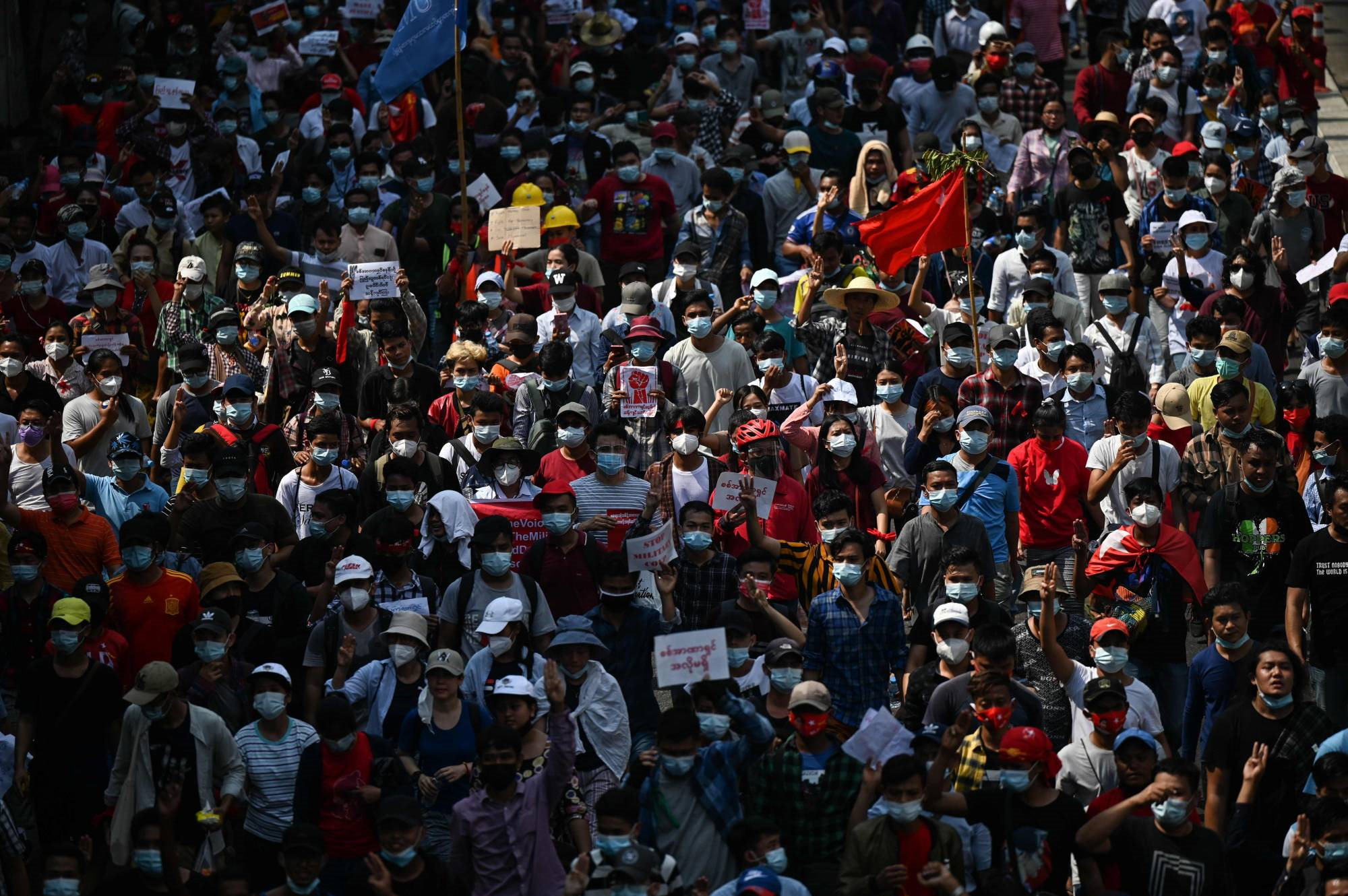
Why Skills-First Leadership Is Replacing the Ivy League Playbook in the C-Suite
The old prestige pyramid—where Ivy League degrees and blue-chip consulting backgrounds paved the way to the CEO seat—is cracking.

May 11, 2021: -U.S.-China relations may be off to a rough beginning under President Joe Biden, but the two countries could find one ground to work together to end Myanmar violence.
The former U.S. ambassador to Myanmar, Scot Marciel, said both the U.S. and China wouldn’t want to see the escalating crisis in the Southeast Asian country.
A military coup triggered huge protests across Myanmar on Feb 1, and security forces have tried suppressing the demonstrations through violent tactics.
According to the Assistance Association for Political Prisoners advocacy group, the crackdown has lost 780 people so far, while above 3,800 people are detained.
The U.S. and other Western powers have condemned the coup strongly and imposed sanctions to pressure the military.
However, China’s response has been muted, with Beijing emphasizing the importance of stability. China is a significant investor in Myanmar and shares a border with the Southeast Asian country.
Both the countries could come together on the Myanmar issue by supporting the Association of Southeast Asian Nations (ASEAN), Rizal Sukma, senior researcher at the think tank Center for Strategic and International Studies in Indonesia, said during the webinar.
“ASEAN just hopes that whatever plan we’re going to have on the ground in Myanmar, that both the countries can also help to contribute to that plan, for example, humanitarian assistance,” said Sukma.
Marciel said he hopes the initiatives by the group can make “a little bit of headway” in Myanmar. But it’s currently difficult to see the crisis resolving any time soon, and that likely means more suffering among the people, he added.

The old prestige pyramid—where Ivy League degrees and blue-chip consulting backgrounds paved the way to the CEO seat—is cracking.

Loud leaders once ruled the boardroom. Charisma was currency. Big talk drove big valuations.

But the CEOs who make history in downturns aren’t the ones with the deepest cuts

Companies invest millions in leadership development, yet many of their best executives leave within a few years. Why?

The most successful business leaders don’t just identify gaps in the market; they anticipate future needs before anyone else.

With technological advancements, shifting consumer expectations, and global interconnectedness, the role of business leaders

At seventeen, Professor Richard Rose stepped into a world few adults dare to navigate: the world of children fractured by trauma. He wasn’t a clinician then, nor a scholar. He was simply a young man with a heart tuned to the quiet ache of others.

Following a distinguished Law Enforcement career Joe McGee founded The Securitatem Group to provide contemporary global operational specialist security and specialist security training products and services for private clients, corporate organisations, and Government bodies. They deliver a wide range of services, including complete end-to-end protection packages, close protection, residential security, protection drivers, and online and physical installations. They provide covert and overt investigations and specialist surveillance services with a Broad range of weapons and tactical-based training, including conflict management, risk and threat management, tactical training, tactical medicine, and command and control training.

Jay Wright, CEO and Co-Owner of Virgin Wines infectious energy, enthusiasm, passion and drive has been instrumental in creating an environment that encourages talent to thrive and a culture that puts the customer at the very heart of every decision-making process.

Fabio de Concilio is the visionary CEO & Chairman of the Board at Farmacosmo, a leading organization dedicated to mental health and community support services. With a deep commitment to identifying and meeting customer needs, Fabio ensures that high standards are maintained across the board.

Leave us a message
Subscribe
Fill the form our team will contact you
Advertise with us
Fill the form our team will contact you